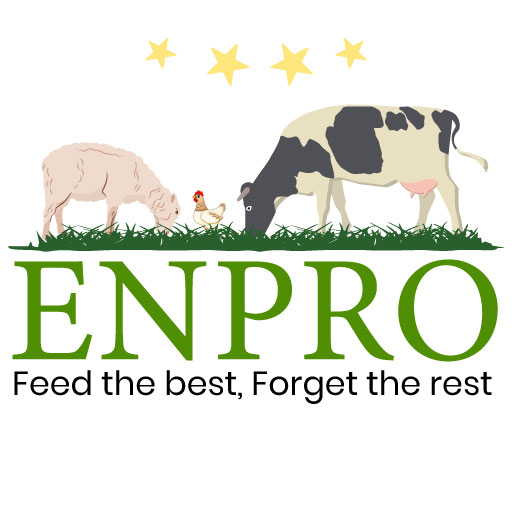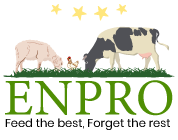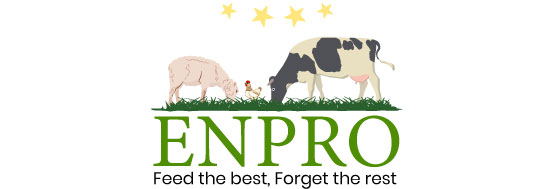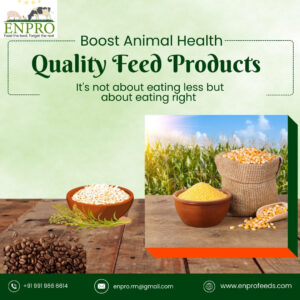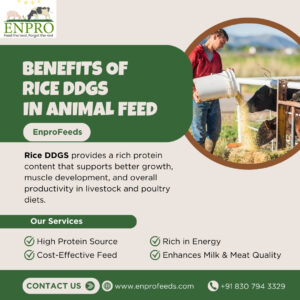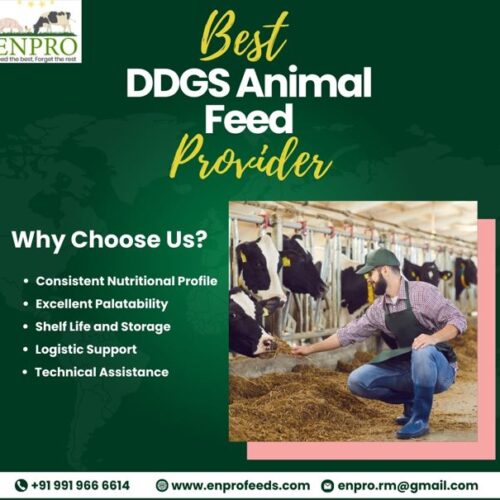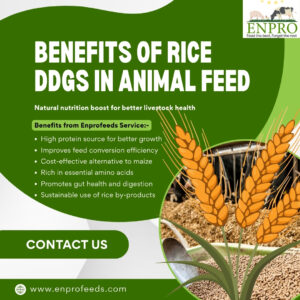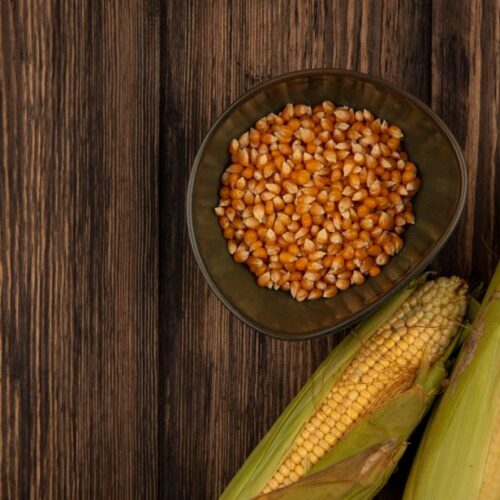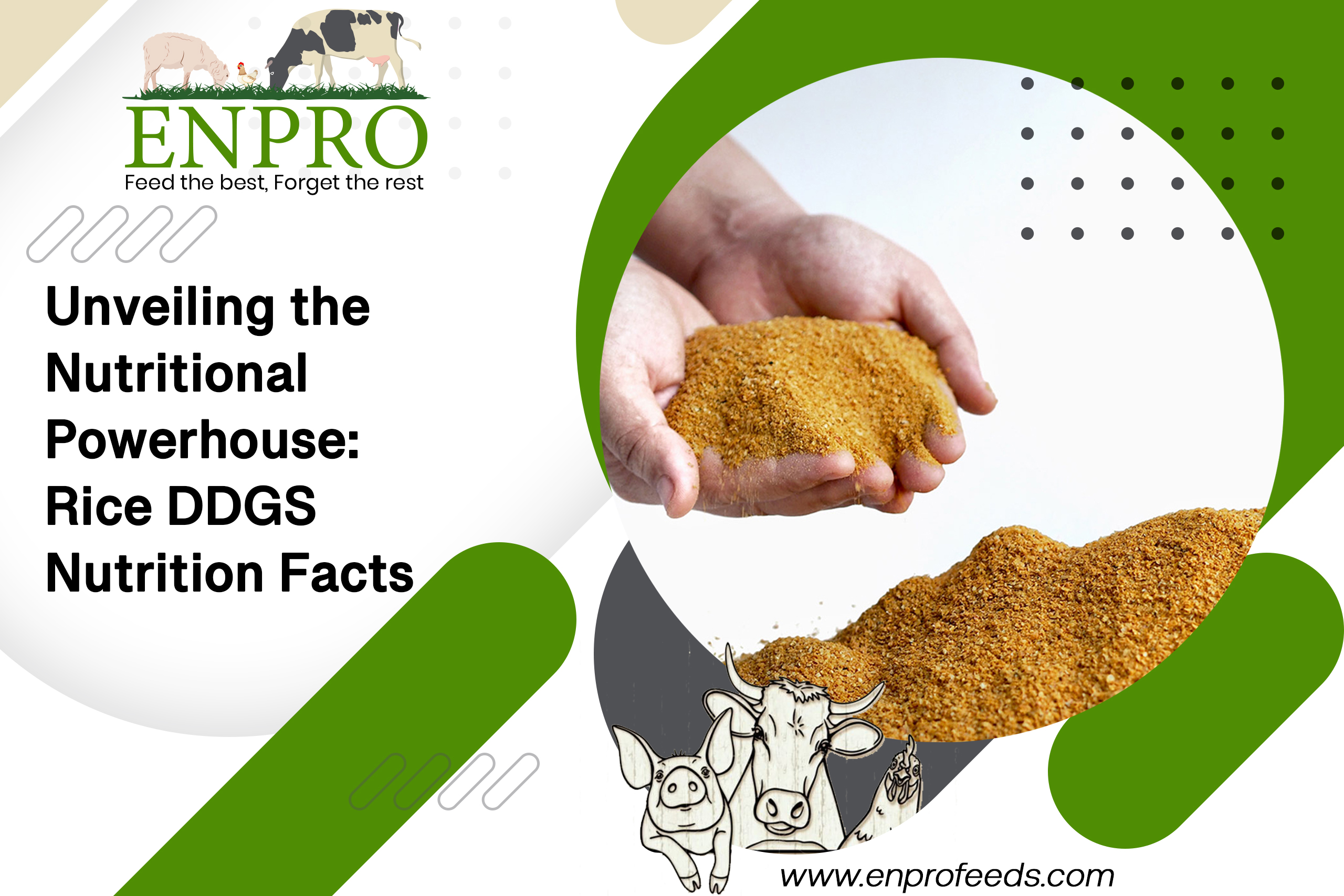
Introduction: In the world of animal nutrition, one term that has been gaining increasing attention is “Rice DDGS.” But what exactly is Rice DDGS, and why is it creating such a buzz? In this blog post, we will delve into the nutritional facts of Rice DDGS, exploring its benefits and shedding light on its potential as a powerhouse in the feed industry.
Understanding Rice DDGS: DDGS stands for Dried Distillers Grains with Solubles, a byproduct of the ethanol production process. In the case of Rice DDGS, it is specifically derived from rice. As a byproduct, Rice DDGS is not only an eco-friendly solution but also packs a nutritional punch, making it a valuable ingredient in animal feeds.
Key Nutritional Components: Let’s break down the nutritional profile of Rice DDGS to understand why it’s gaining popularity among nutritionists and farmers alike:
- Protein Content: Rice DDGS is renowned for its high protein content. It serves as an excellent source of amino acids, essential for muscle development and overall growth in animals. The protein content in Rice DDGS makes it a valuable supplement in feed formulations, contributing to the overall health and productivity of livestock.
- Energy Source: Apart from being rich in protein, is a potent energy source. With a notable concentration of carbohydrates, it provides animals with the necessary energy for daily activities, promoting vitality and ensuring optimal performance.
- Fiber and Nutrient Density: Rice DDGS is not just about protein and energy; it also contains a significant amount of fiber and essential nutrients. This fiber aids in digestion, promoting a healthy gut environment. Additionally, the presence of key vitamins and minerals enhances the overall nutritional value, supporting the animals’ immune systems and metabolic functions.
- Cost-Effective Alternative: Incorporating into animal feeds isn’t just beneficial from a nutritional standpoint; it’s also a cost-effective solution. By utilizing a byproduct of the ethanol industry, farmers can optimize their resources and reduce overall feed costs without compromising on quality.
Applications in Animal Feeding: The versatility of Rice DDGS extends to various animal species, including poultry, swine, and cattle. Its balanced nutritional profile makes it an ideal component in feed formulations for both growing and mature animals, contributing to improved health, growth, and production efficiency.
Conclusion: As we unravel the nutritional facts of rice, it becomes evident that this byproduct is more than just a waste product from ethanol production. Its rich protein content, energy density, and overall nutrient profile make it a valuable asset in the realm of animal nutrition. By incorporating Rice DDGS into animal feeds, farmers can not only enhance the well-being of their livestock but also make a sustainable and cost-effective choice for their operations. The future of animal nutrition may just be shaped by the transformative potential of Rice DDGS.
